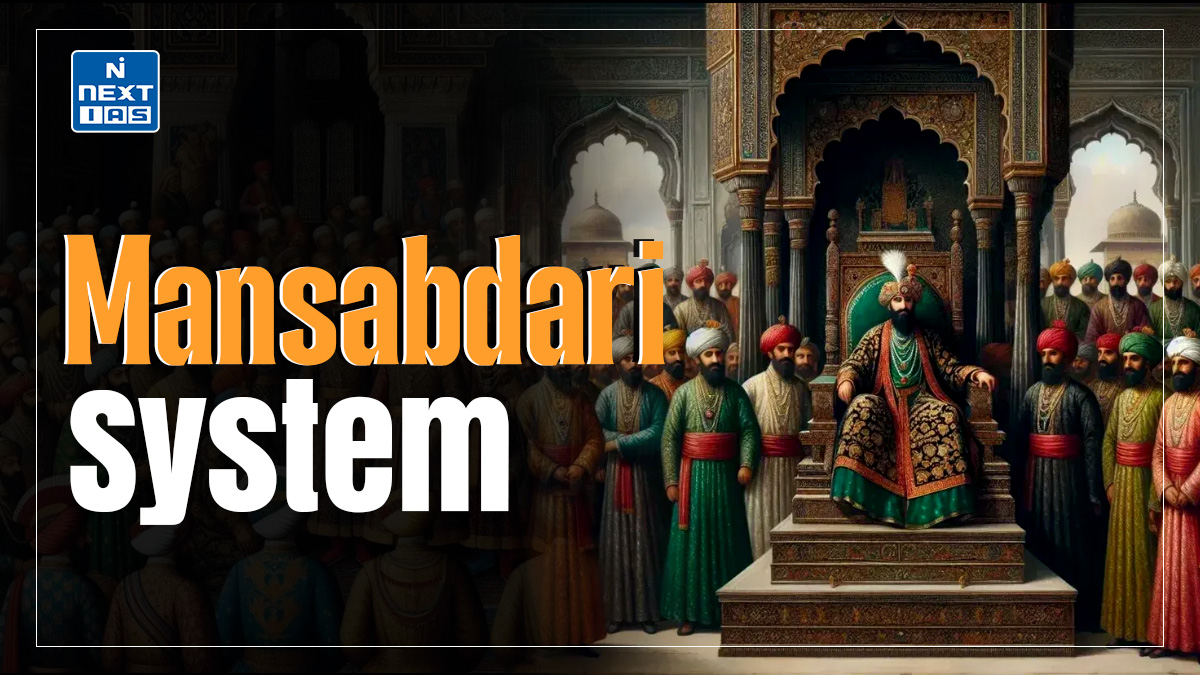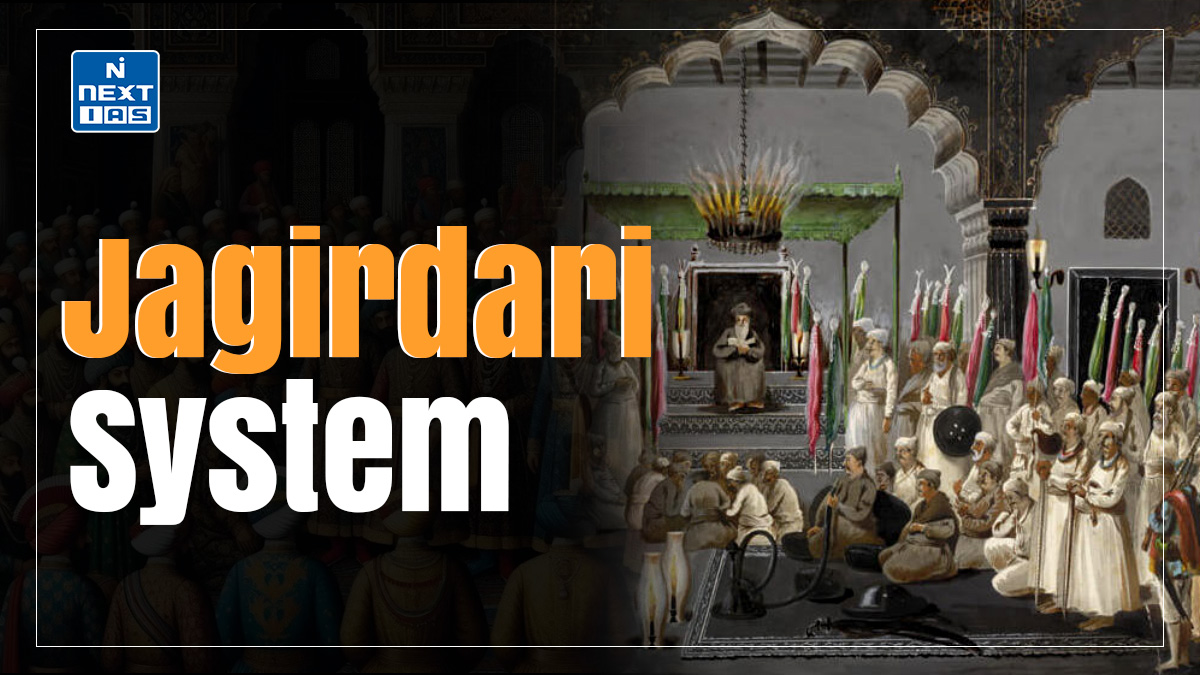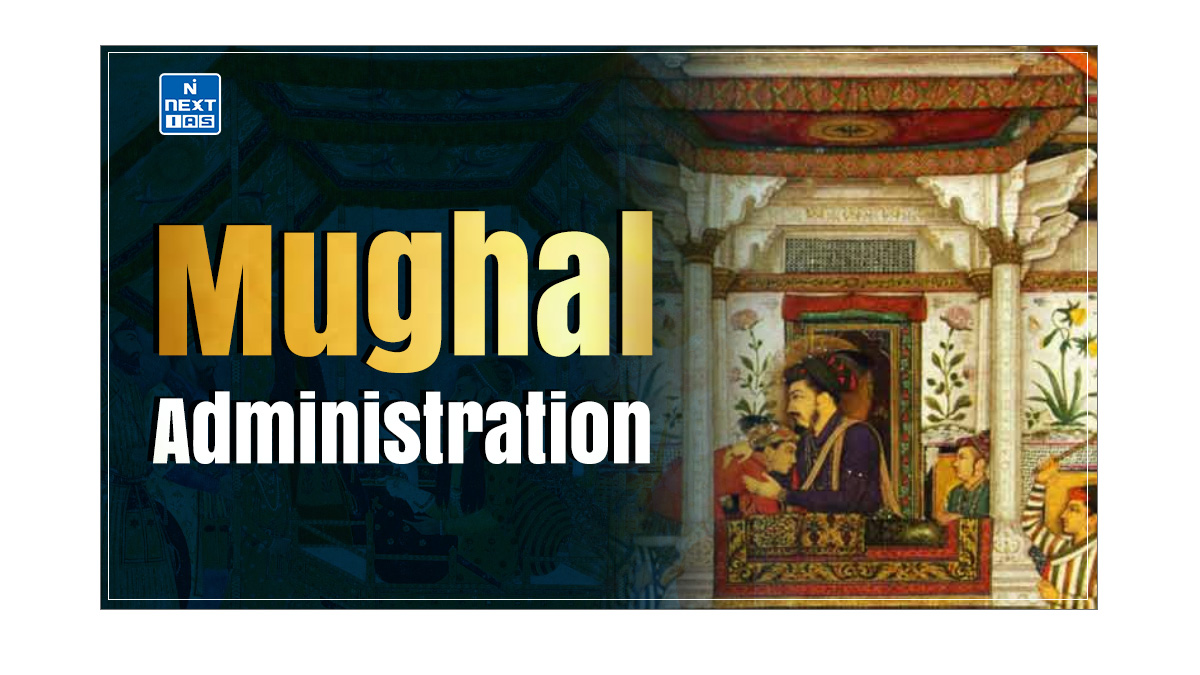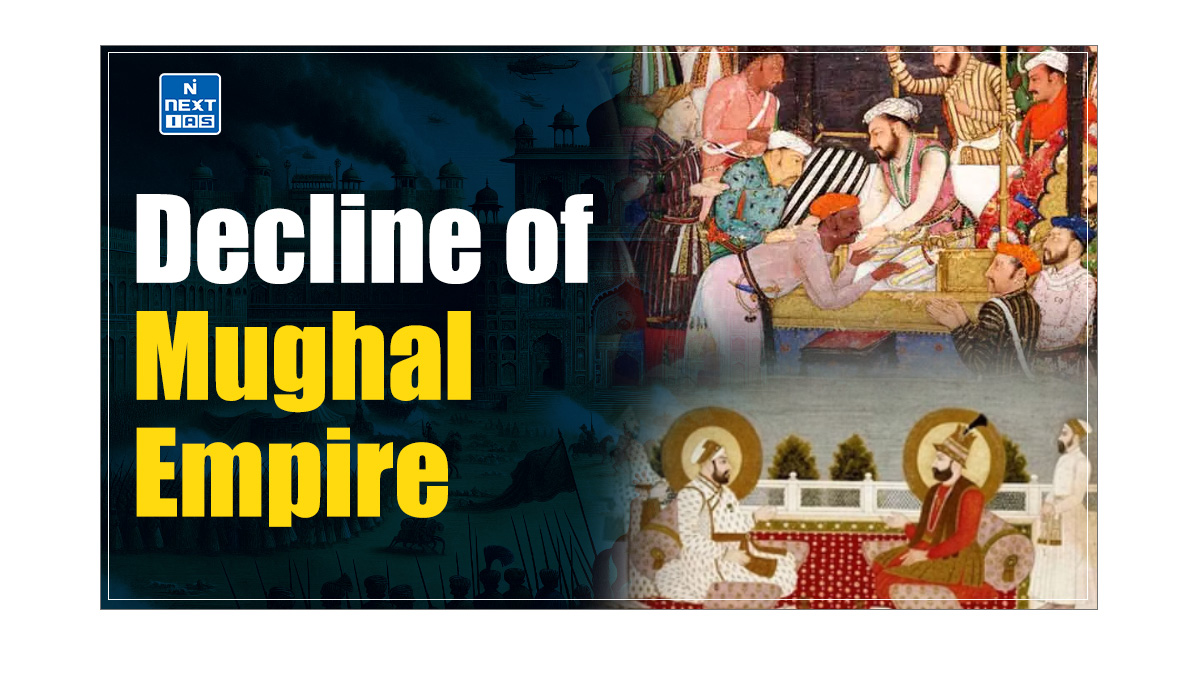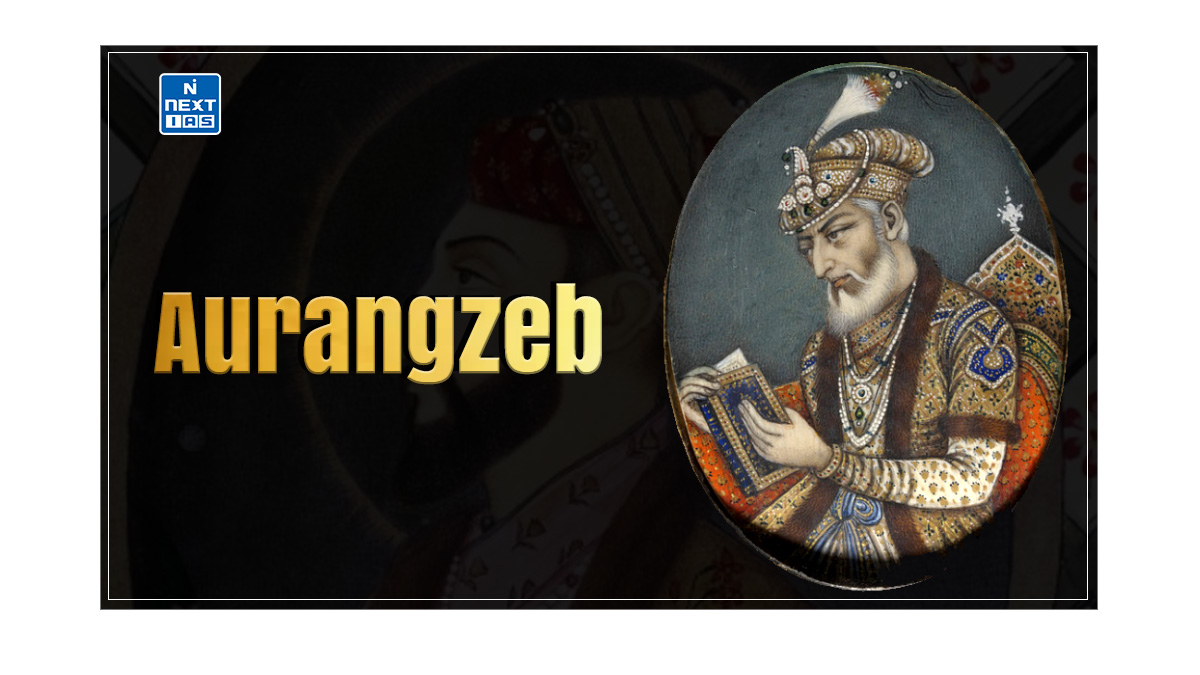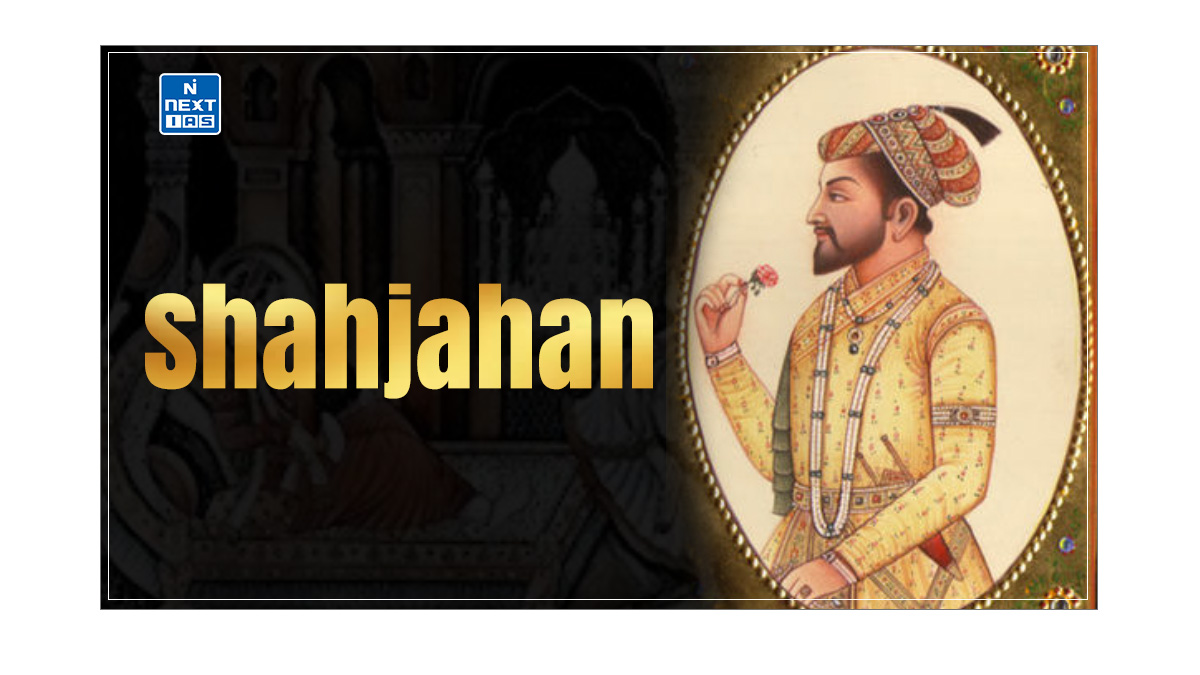
Humayun, the second Mughal emperor, ruled in two distinct periods, facing significant challenges that tested his leadership from 1530 to 1540 and 1555 to 1556. His journey of resilience and eventual return to power played a crucial role in laying the foundation for the future successes of the Mughal Empire under his son Akbar. This article aims to study in detail Humayun’s reign, his struggles, and his contributions to Mughal history.
About Humayun
- After Babur’s sudden demise, his oldest son, Humayun, succeeded him. Humayun is the only king in India whose rule included two spells, one from 1530 to 1540 and the other from 1555 to 1556, after his fifteen years of exile.
- Humayun means ‘fortunate,’ but he remained ‘unfortunate.’
- He inherited a rich legacy of difficulties, but his own blunders made it richer. As a ruler, he lacked foresight and could not take a long-term view of political and military problems. He faced many challenges in firmly establishing the Mughal empire.
- Due to Babur’s untimely death, the administration had not yet been consolidated. Babur spent most of his life in wars and could not take suitable steps to organise the administration of the territories he conquered.
- The Mughal army was a heterogeneous body of several races—Chaghatais, Uzbeks, Mughals, Persians, Afghans, Hindustanis, etc. Such an army could be controlled and disciplined only under a capable, dashing, and inspiring commander like Babur. Humayun was too weak for this purpose.
- The finances were precarious. After acquiring enormous wealth from the royal treasuries of Delhi and Ajmer, Babur distributed it so lavishly among his soldiers and nobles that very little was left for Humayun to conduct the affairs of his administration.
- In due course, these nobles became very powerful, and they posed a great threat to the stability of the Mughal Empire.
- Babur did not urge Humayun to follow the Timurid tradition of dividing the empire among all the brothers, as the Empire was in its infancy.
- However, on his deathbed, he counselled him to be kind and forgiving towards his three brothers. Humayun made Kamran the ruler of Kabul and Kandahar, Askari the ruler of Rohilkhand, and Hindal the ruler of Mewat (comprising the modern territories of Alwar, Mathura, and Gurgaon).
- Thus, his sphere of influence and power was reduced. Moreover, Humayun’s brothers were ungrateful and incompetent.
Read our detailed article on the Mughal Empire, Babur, Akbar, Jahangir, Shah Jahan, Aurangzeb, Mughal Administration, Mansabdari System, Jagirdari System and Decline of the Mughal Empire.
Retreat and Rise of the Afghans
- Even after the Battle of Ghaghra, the Afghans had not been subdued and were hoping to expel the Mughals. A few years back, the Afghans ruling Delhi still desired to capture power again.
- Bahadur Shah, the ruler of Gujarat, was also an Afghan. He was also ambitious for the throne of Delhi. But Sher Shah in the East was the most important and influential Afghan, who later drove away Humayun.
- Hence, Bahadur Shah in the West and Sher Shah in the East hemmed in Humayun, and he fought many battles with them.
- Humayun failed to estimate Sher Shah Suri’s growing power. He should not have accepted Sher Shah’s half-hearted submission when Humayun besieged the Chunar fort.
- He should have nipped him in the bud. But Humayun needed more resolution, sustained energy, foresight, and a quick grasp of the situation.
- In the Battle of Kannauj, he made blunders in choosing a low land for encampment and remaining inactive before the enemy for two months. Thus, many of Humayun’s troubles were of his own making.
- He needed to understand the nature of Afghan power. Due to the large number of Afghan tribes scattered over north India, the Afghans could always unite under a capable leader and pose a challenge.
- Without winning over the local ruler and zamindars to his side, the Mughals were bound to remain numerically inferior.
- Sher Khan was superior to Humayan in preparing and planning battles and fighting the enemy. Sher Shah had more experience, knowledge of strategies, and organising capacity.
- He always took advantage of every opportunity and could use wily tricks and crafty means to conquer the enemy.

- Even in the case of Bahadur Shah, Humayun lacked military strategy and quick decision-making, thus losing opportunities.
- Rajputs requested assistance and entreated him to attack Bahadur Shah at Chittor.
- However, Humayun wasted time, allowing his opponents to make adequate preparations and consolidate their positions. The Gujarat Campaign was still not a complete failure.
- While it did not add to the Mughal territories, it destroyed forever the threat posed to the Mughals by Bahadur Shah. Soon after, Bahadur Shah drowned in a scuffle with the Portuguese on board one of their ships.
- During Humayun’s Malwa Campaign, Sher Shah further strengthened his position and became the unquestioned master of Bihar with the widespread support of the Afghans.
Humayun’s Later Life
- After ruling for ten years, Humayun was forced to spend 15 years out of India. Humayun became a prince without a kingdom.
- He wandered in Sindh and its neighbouring regions for two and a half years, hatching various schemes to regain his kingdom. But neither Sindh’s ruler, Marwar, nor his brothers were willing to help him.
- Worse, his brothers turned against him and tried to have him killed or imprisoned.
- Ultimately, Humayun took shelter at the court of the Iranian King of the Safavid Dynasty and, with his help, recaptured Qandhar and Kabul from Kamran in 1545.
- Although not as vigorous as Babur, Humayun showed himself as a competent general and politician until his ill-conceived Bengal campaign. In 1555, following the breakup of the Sur empire, he recovered Delhi.


- Humayun’s life was a romantic one. He went from riches to rags and again from rags to riches. It does not do justice to Humayun when it is said that he was a failure.
- True, he failed against Sher Shah, but after Sher Shah’s death, he seized every opportunity to become powerful.
- But his spirit was not subdued. Even after 15 years of exile, he could recapture his throne of Delhi and restore the Mughals’ power and prestige.
- However, he did not live long to enjoy the fruits of victory and died from a fall from the first floor of the library building in his fort in Delhi within six months of coming to power.
Administrative Reforms during Humayun’s Reign
- Humayun aimed to streamline governance by centralising authority and reducing the power of regional chieftains.
- Humayun reformed military structures to ensure loyalty and efficiency, enhancing the Mughal army’s capability.
- Humayun introduced more systematic tax collection methods to improve revenue and reduce corruption.
- Humayun promoted policies favouring coexistence among different religions, reflecting his father Babur’s ideals.
- Humayun attempted to integrate Hindu leaders into his administration, recognising their influence and importance.
- Humayun encouraged dialogues among various faiths, fostering a culture of intellectual and spiritual exchange.
- Humayun focused on building roads, caravanserais, and water management systems to facilitate trade and mobility.
- Humayun worked to revive trade, both domestically and with neighbouring regions, enhancing economic prosperity.
- Humayun promoted agricultural development through improved irrigation techniques and land management strategies.
Cultural Contributions of Humayun
- Humayun actively patronised poets, musicians, and artists, fostering a vibrant cultural scene.
- Humayun promoted Persian as a cultural language, leading to a flourishing of literature and poetry.
- Humayun commissioned the iconic Humayun’s Tomb in Delhi, a precursor to later Mughal architecture, showcasing Persian influence and Mughal grandeur.
- Humayun introduced new architectural styles that blended Persian and Indian elements, setting the stage for future Mughal constructions.
- Humayun’s reign marked a blending of Persian, Indian, and Islamic cultures, contributing to the unique identity of the Mughal Empire.
- Humayun’s patronage laid the groundwork for the cultural renaissance under his son, Akbar, further solidifying the Mughal dynasty’s cultural legacy.
Humayun’s Tomb
- Humayun’s Tomb, located in Delhi, is a stunning example of Mughal architecture and was commissioned in 1569 by Humayun’s widow, Empress Bega Begum.
- This UNESCO World Heritage Site is the first garden-tomb on the Indian subcontinent and served as a model for subsequent Mughal monuments, including the Taj Mahal.
- The tomb is set within a lush garden divided into quadrants, featuring beautiful pathways, fountains, and several other tombs of notable Mughal figures.
- The impressive red sandstone structure, adorned with intricate marble inlays and Persian-style elements, reflects the grandeur of the Mughal era and stands as a testament to the architectural innovations of the time.
Conclusion
Humayun’s life reflects a resilient journey amid adversity, showcasing both triumph and failure. Though brief, his eventual return to power laid important groundwork for the Mughal Empire’s future. Despite his untimely death shortly after reclaiming his throne, Humayun’s legacy resonates in Indian history.
Frequently Asked Questions (FAQs)
Who was Humayun?
Humayun was the second emperor of the Mughal dynasty in India, ruling from 1530 to 1540 and from 1555 until he died in 1556. He is known for his struggles to maintain and restore the Mughal Empire after losing it to Sher Shah Suri.
Who is the son of Humayun?
Humayun’s son is Akbar, who became one of the most illustrious emperors of the Mughal dynasty and is known for his significant contributions to the empire’s expansion and consolidation.
How did Humayun die?
Humayun died in a fall from the stairs of his library in Delhi in 1556, a tragic accident shortly after he regained his throne.
Who built Humayun’s Tomb?
Humayun’s Tomb was commissioned by his widow, Empress Bega Begum, in memory of her husband.
Where is Humayun’s Tomb?
Humayun’s Tomb is located in Delhi, India, within the Nizamuddin East area.
